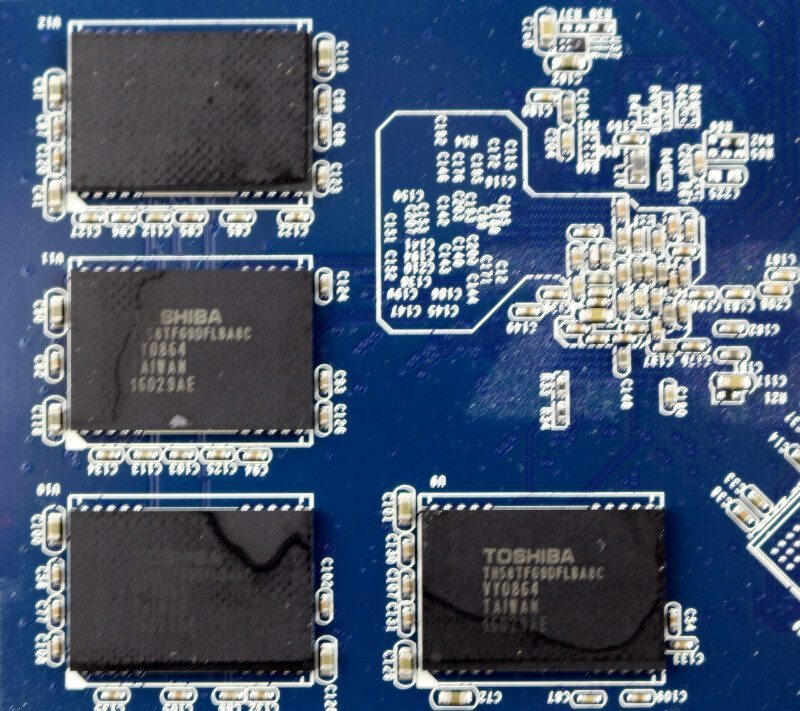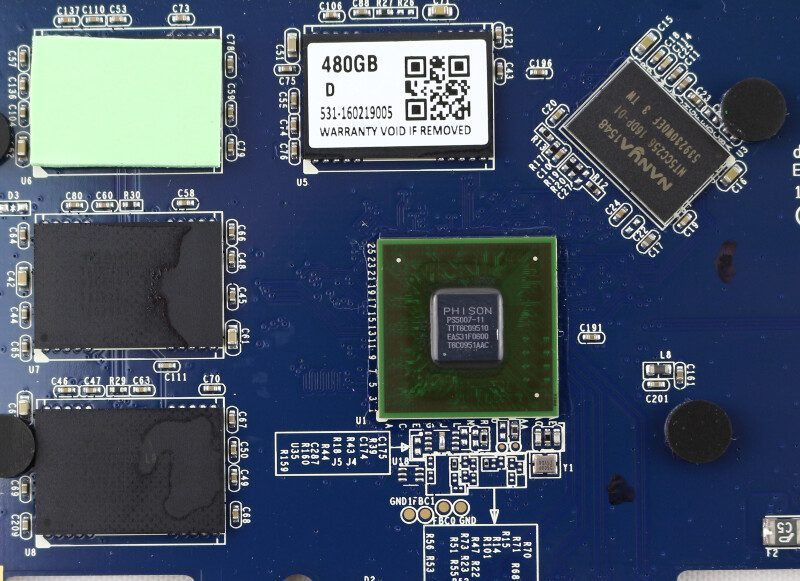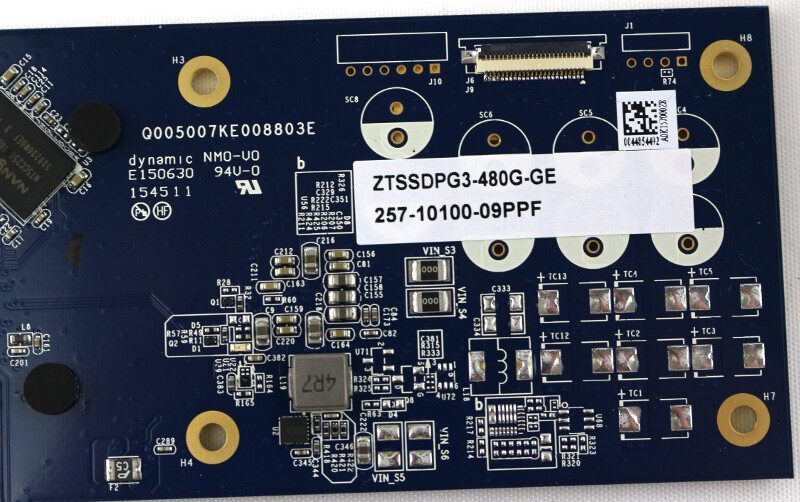Zotac Sonix 480GB PCIe NVMe SSD Review
Bohs Hansen / 8 years ago
A Closer Look
The PCI-Express add-in card uses an x4 connector that will fit into most systems. It is naturally also compatible with other larger sized connectors such as x8 and x16 ones.
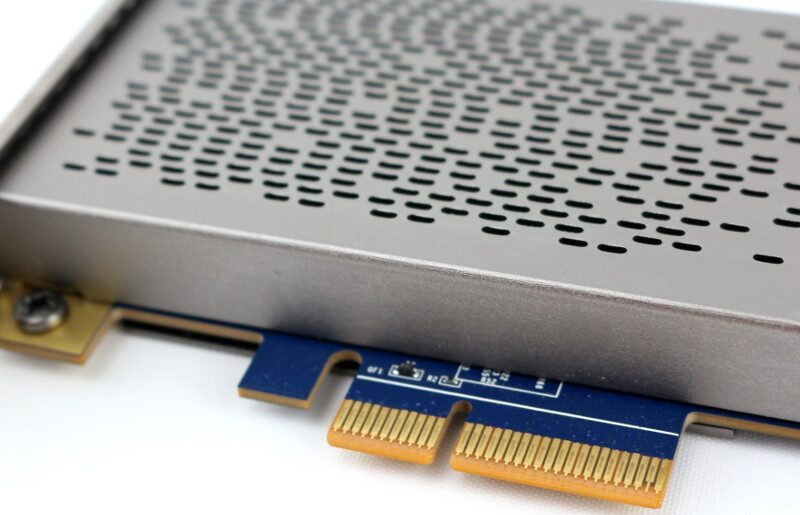
The top of the Sonix features air vents that help the card to stay cool even in stressed and tight situations. They also give the card a great look.
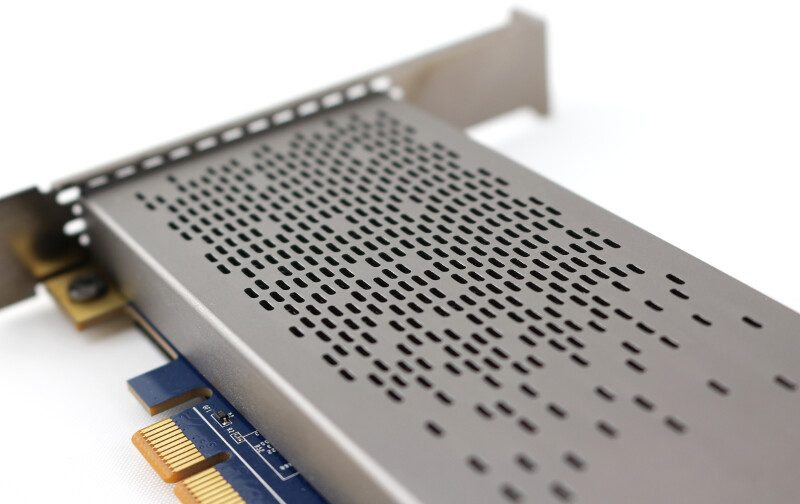
The end also features air vents for even more cooling.
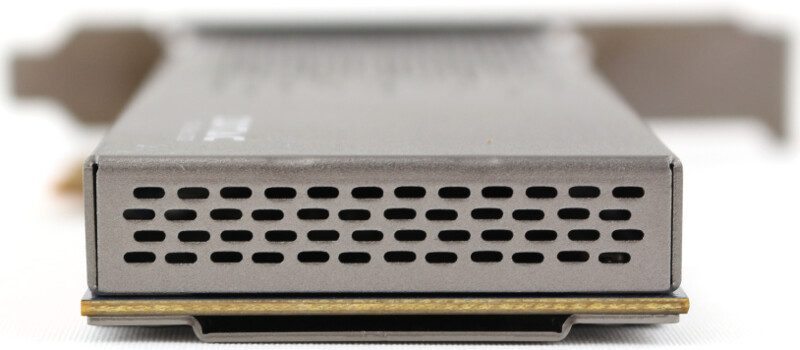
The top design is finished with a logo down in the corner, giving the drive that final touch.
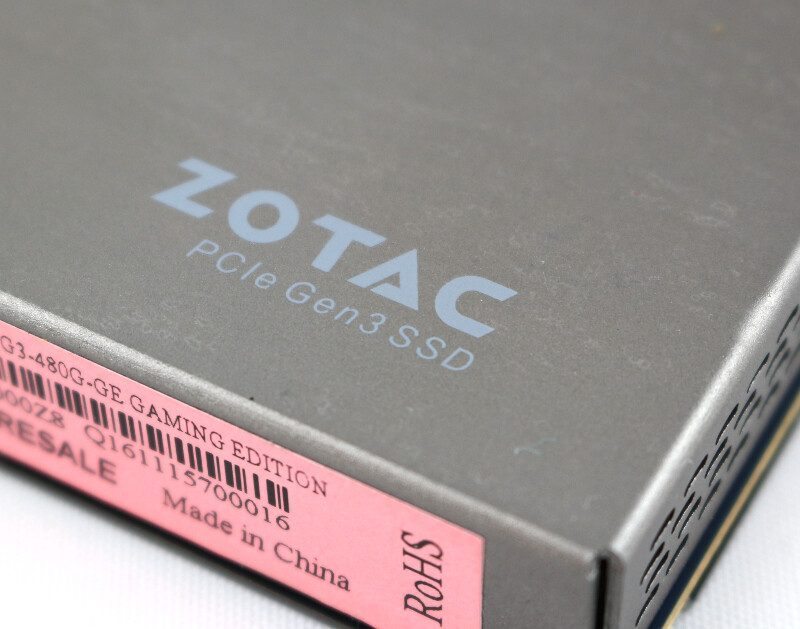
Turning the card over reveals the backplate that gives the drive the final touches design-wise. Proud of their drive, Zotac also added their logo here. It isn’t just for design aspects tho, the backplate also works as a heatsink for the NAND chips.
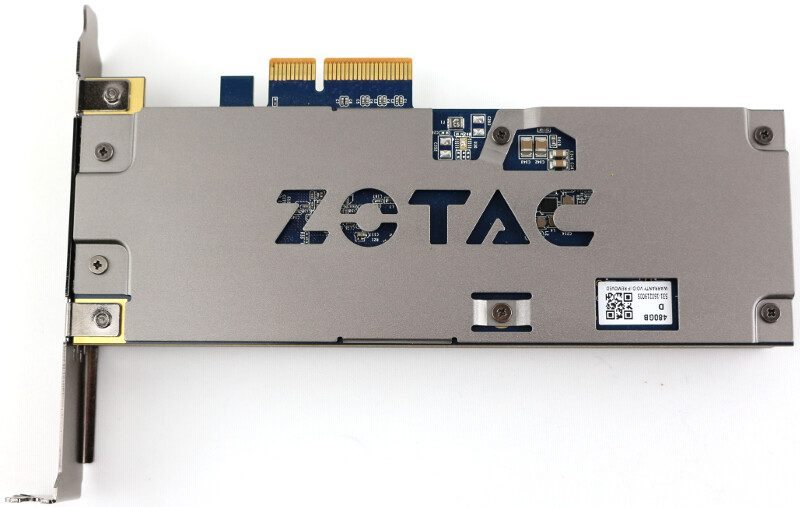
As an end-user, you should never take your drives apart like this, but it is one of the pleasures that I have as a reviewer. I get to take everything as far apart as I can.
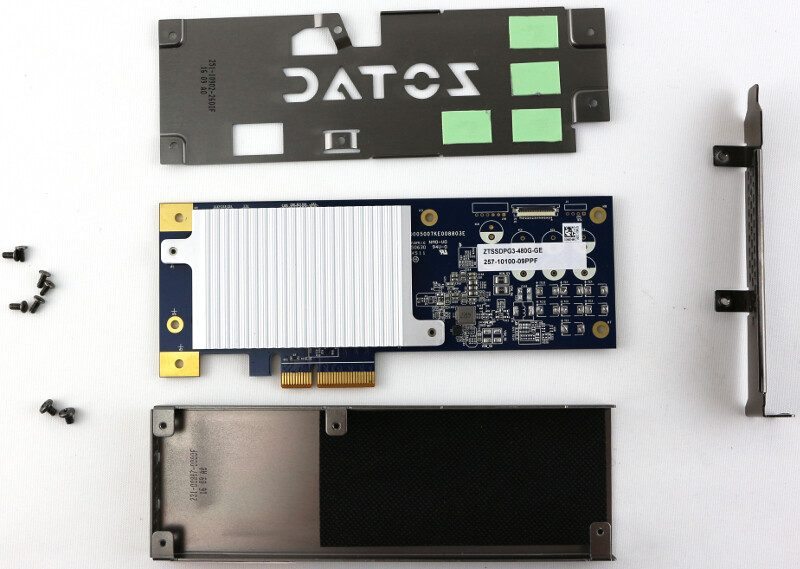
Starting with the top cover, we see that Zotac added a mesh filter on the inside. We want a great ventilation to the drive, but no dust inside. And it works.
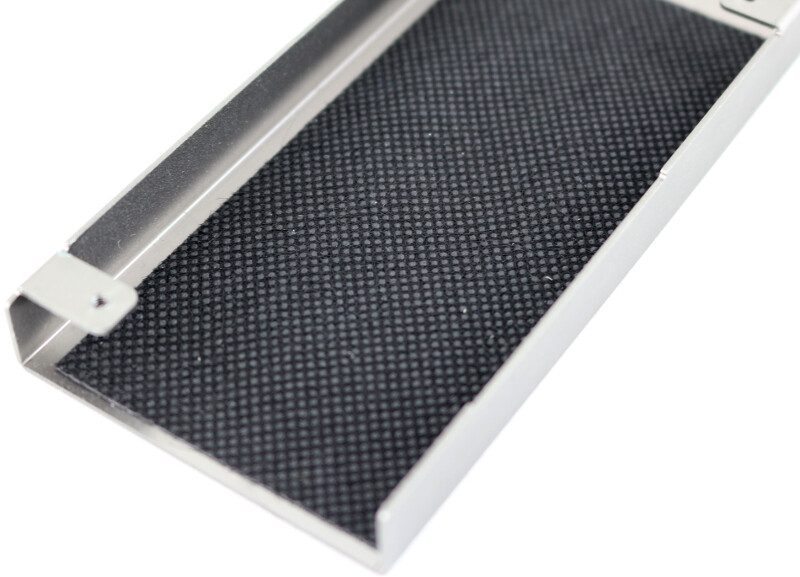
The backplate has thermal pads attached to half the NAND chips which are located on that side of the PCB. This should help prevent thermal throttling of the card.
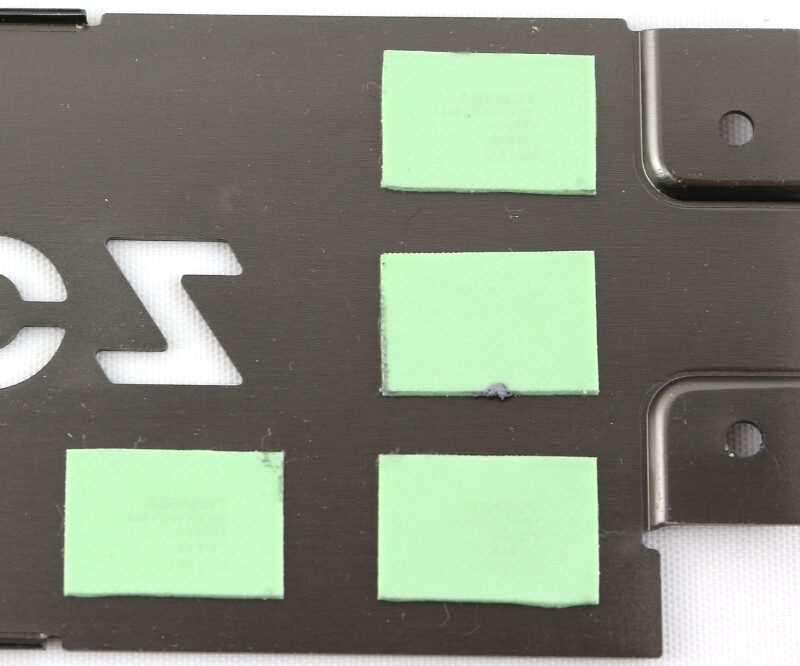
Other than the four NAND chips, this side of the card is unspectacular, but there are some discoveries to be made on the other side.
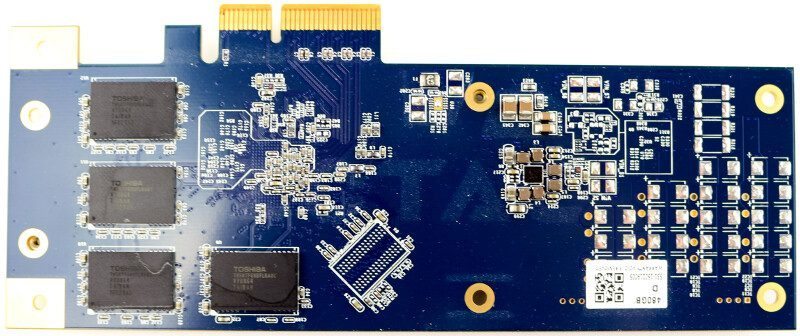
The other side also features these pads on the NAND chips, but they aren’t attached to the top cover. Instead, this side features a small heatsink that covers the NAND, cache, and controller of the SSD.
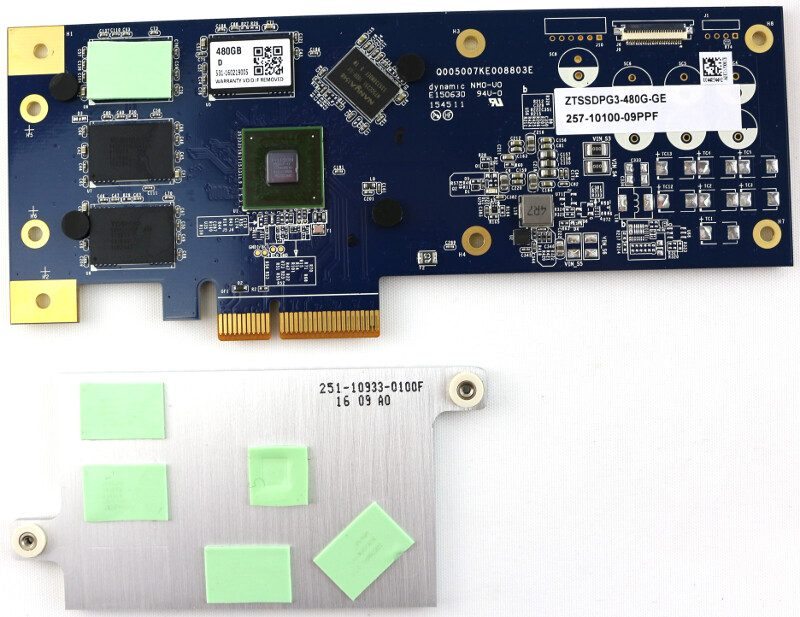
I’ve also added a few closeup of the NAND chips, controller, and cache chips below, giving those with an eye for every detail the last bits of information.
